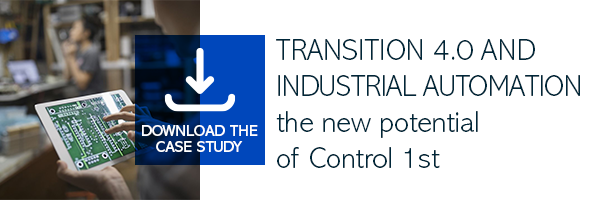In complex and ever-changing environments, safety and security issues are becoming increasingly important. Although the security of facilities, communities and strategic assets is commonly perceived as a necessary cost, an alternative perspective is emerging that views safety and security measures as fundamental investments to ensure the continuity and robustness of critical infrastructure operations.
But what is the cost-benefit of security in a complex environment? And why has ensuring Safety & Security become a strategic imperative for organisations operating in an increasingly volatile and uncertain environment?
How much does it cost to invest in security?
When it comes to the cost of security, there are several important aspects to consider. Firstly, investment is necessary to ensure an adequate level of security, but what is often debated is that this investment does not always translate directly into proportionate results. In addition, the investment required to implement new processes and adapt security infrastructures can have hidden, and sometimes significant, costs.
Assessing the true return on investment in this area is a complex exercise, especially when considering a longer time horizon. Not to be underestimated is the impact that external factors outside the direct control of the organisation can have on the balance of expenditure in this area, which can have a significant impact on the security spend strategy. Finally, it is crucial to recognise that the introduction of new security processes and infrastructure may require the deployment of additional resources, such as the need to hire specialised personnel, e.g., a security manager, to effectively manage technologies and protection strategies.
Why is safety a strategic investment?
Safety, an issue that affects both workers and employers, is often debated in terms of its real economic impact. Whether it is seen as a cost, or an investment depends on the point of view and the interests at stake. While many see it simply as a necessary burden to avoid penalties and compensation, few recognise it as an investment capable of generating both economic and social benefits in the medium to long term.
When considering safety as an investment, it is important to keep several aspects in mind:
-
a socially responsible company improves its reputation and market value;
-
reducing accidents and injuries helps to optimise the overall productivity of the workforce;
-
creating a climate of mutual trust and cooperation leads to increased employee engagement and satisfaction;
-
a sound health and safety campaign can increase customer satisfaction;
-
a more competent and healthier workforce can stay active longer and adapt better to change;
-
effective maintenance management significantly reduces business costs and production interruptions, especially health, insurance and legal costs.

Investing in security: what are the benefits for businesses?
Security is a fundamental element of any organisation. Its purpose is to protect people, infrastructure and assets from a wide range of physical threats. Whether it is viewed as a cost or an investment depends entirely on the organisation's perspective and objectives. There are many benefits to the investment, including:
-
the prevention or reduction of incidents and damage to company assets;
-
protecting sensitive information;
-
ensuring business continuity and disaster resilience, ensuring the ability to restore critical functions in the event of a disaster;
-
providing safer and higher quality products and services contributes to a significant competitive advantage for the company;
-
protecting employees and assets underlines the company's commitment to society and enhances its reputation and brand value;
-
reducing costs in the medium to long term by reducing the need for extraordinary maintenance following theft, fire or damage to company assets.

Finally, it should be emphasised that preventive investment is crucial to avoid unforeseen costs later on. Both safety and security can certainly be considered “overlapping” in terms of cost and investment. In today's complex and uncertain business environment, both have become strategic imperatives for companies wishing to maintain a high standard of operations. In particular, security should not be seen as a mere compliance issue or an unnecessary expense, but as an added value that can bring economic and social benefits to all stakeholders. On the other hand, safety requires a more structured approach that takes into account not only the technical aspects but also the human aspects within the company. Both areas are crucial when assessing the RoP (Return of Prevention), an indicator that will become increasingly familiar to companies because it represents the ratio between the economic benefits of investing in prevention and the costs of prevention.


